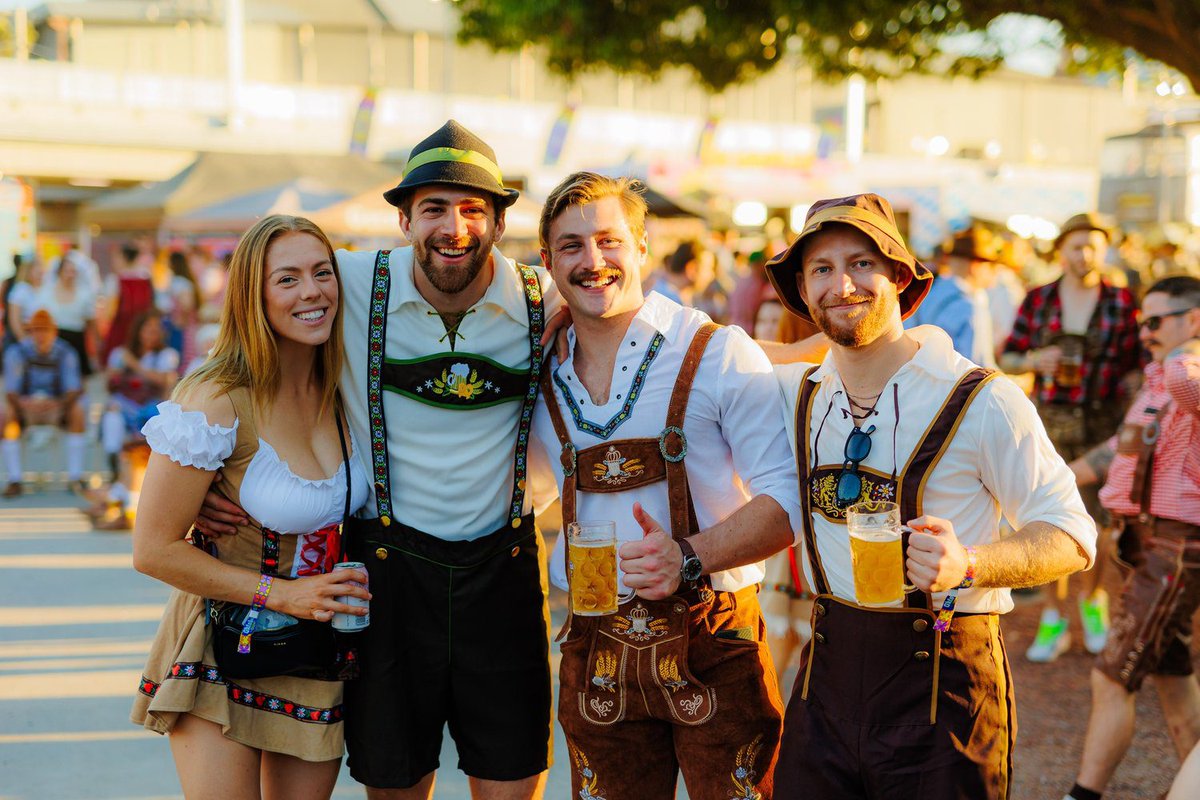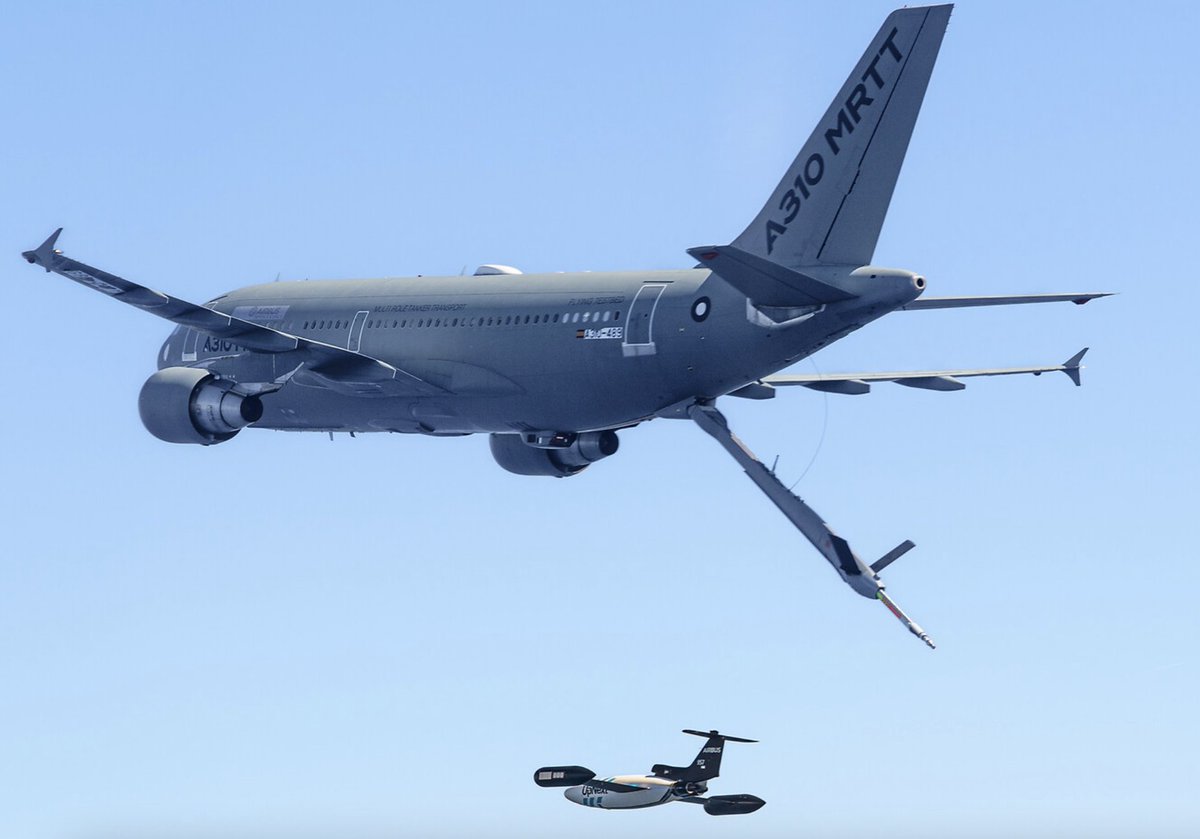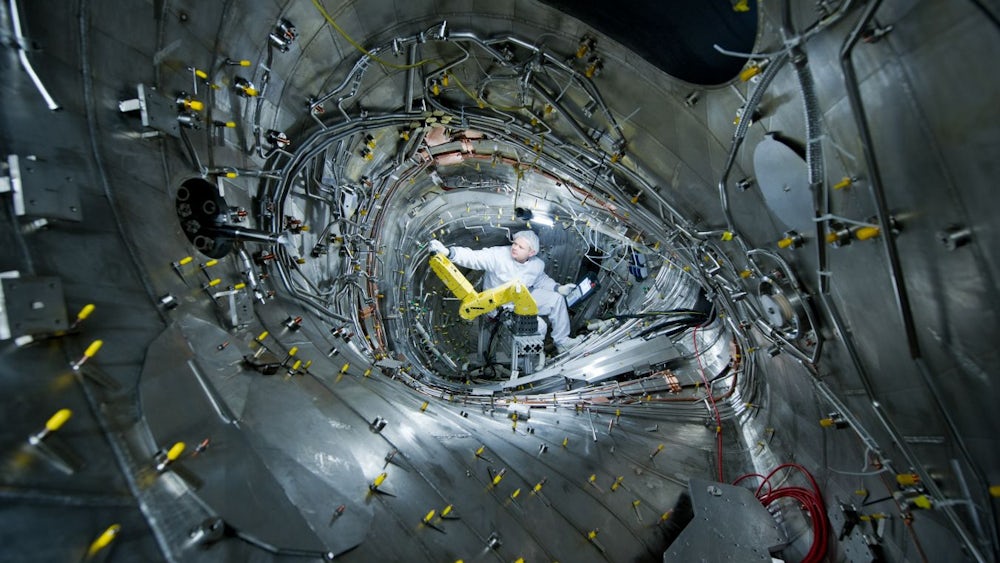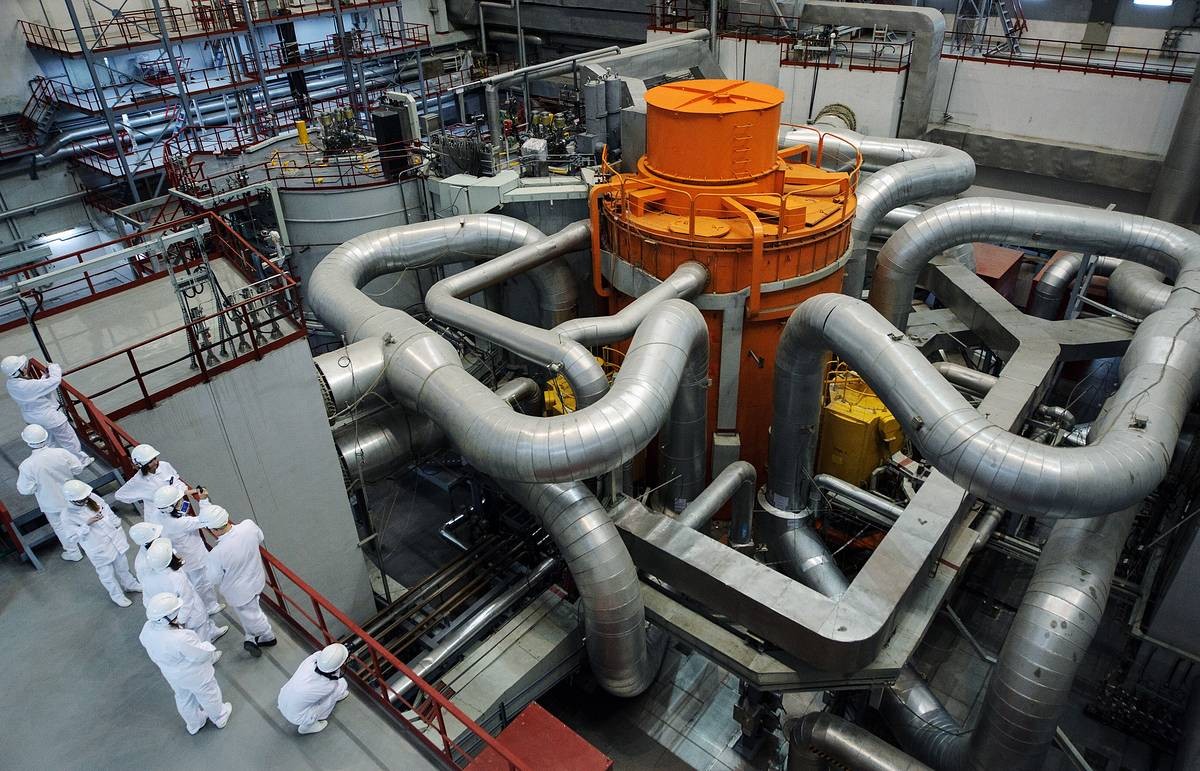
Weekly technical threads, no fuss.
Check the Highlights tab for the biggest threads, or subscribe for a growing library of articles!
13 subscribers
How to get URL link on X (Twitter) App



 I used Grok Expert to create a series of estimates for STEM educated populations across the world, excluding social sciences, then used population data to predict changes over time. I analysed USA, China, EU+UK, India, Russia & Japan.
I used Grok Expert to create a series of estimates for STEM educated populations across the world, excluding social sciences, then used population data to predict changes over time. I analysed USA, China, EU+UK, India, Russia & Japan. 


 Steel!
Steel!


 The Gas Generator Cycle.
The Gas Generator Cycle.


 What's an SMR?
What's an SMR?

 Who was Vera Rubin?
Who was Vera Rubin?

 Almost all jet engines use deflagration based combustion, not detonation, but while fuel efficiency has been improving for decades, we're well into the phase of decreasing returns and need some game-changing technologies.
Almost all jet engines use deflagration based combustion, not detonation, but while fuel efficiency has been improving for decades, we're well into the phase of decreasing returns and need some game-changing technologies.

 Fan Blade Off!
Fan Blade Off!
 Slow starts…
Slow starts…


 The problem.
The problem.

 The first aerial refuelling trials were performed in 1923 by the US Army Air Service. Performed with hoses and hand held tanks pouring fuel & engine oil, it was nonetheless effective: A flight from the Canadian border to Tijuana, Mexico was performed in a DH-4 biplane.
The first aerial refuelling trials were performed in 1923 by the US Army Air Service. Performed with hoses and hand held tanks pouring fuel & engine oil, it was nonetheless effective: A flight from the Canadian border to Tijuana, Mexico was performed in a DH-4 biplane. 

 If not wind, why not waves?
If not wind, why not waves?

 In this thread we'll cover:
In this thread we'll cover:

 Firstly…
Firstly…

 We’ve covered fast reactors several times and the premise is simple, though hard to explain quickly: A fast neutron spectrum allows fuel breeding from plentiful Uranium 238, plus burn-up of heavy isotopes.
We’ve covered fast reactors several times and the premise is simple, though hard to explain quickly: A fast neutron spectrum allows fuel breeding from plentiful Uranium 238, plus burn-up of heavy isotopes.

 A refracting telescope uses convex lenses to focus light. Shown are the objective lens & eyepiece, with their respective focal distances: The ratio between these focal lens gives the magnification.
A refracting telescope uses convex lenses to focus light. Shown are the objective lens & eyepiece, with their respective focal distances: The ratio between these focal lens gives the magnification.

 Why use one? For one thing, wind tunnels let you measure and visualize the flow field, using smoke, particle image velocimetry or a host of other techniques.
Why use one? For one thing, wind tunnels let you measure and visualize the flow field, using smoke, particle image velocimetry or a host of other techniques.

 Bringer of Alchemy: The molten salt fast reactor, thorium transmutation and the ‘infinite energy machine’.
Bringer of Alchemy: The molten salt fast reactor, thorium transmutation and the ‘infinite energy machine’.

 SFRs are expensive and complex, but they have interesting abilities, unlocking:
SFRs are expensive and complex, but they have interesting abilities, unlocking:

 At the murky end of our supply chains lies this: The Chittagong breaking yards in Bangladesh, one of many places where old ships go to die.
At the murky end of our supply chains lies this: The Chittagong breaking yards in Bangladesh, one of many places where old ships go to die.


 Motorsport!
Motorsport!

 Graphene, a hexagonal one atom thick graphite crystal film, was theorised for decades but never characterised.
Graphene, a hexagonal one atom thick graphite crystal film, was theorised for decades but never characterised.